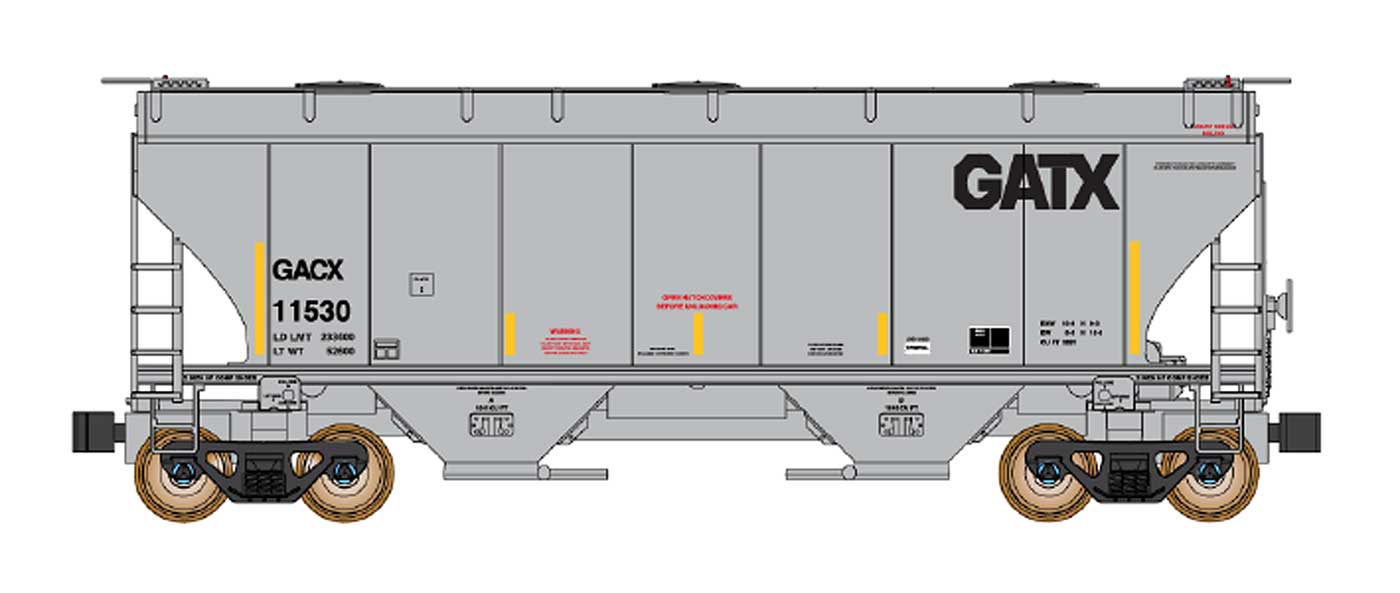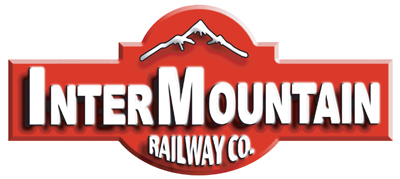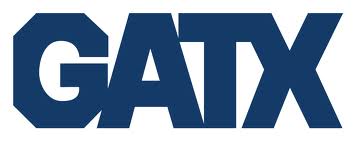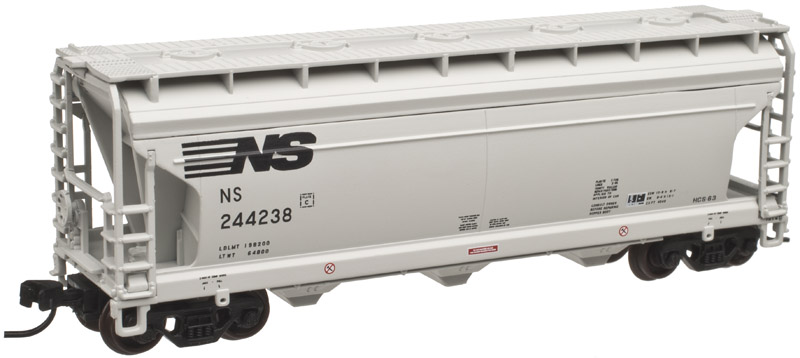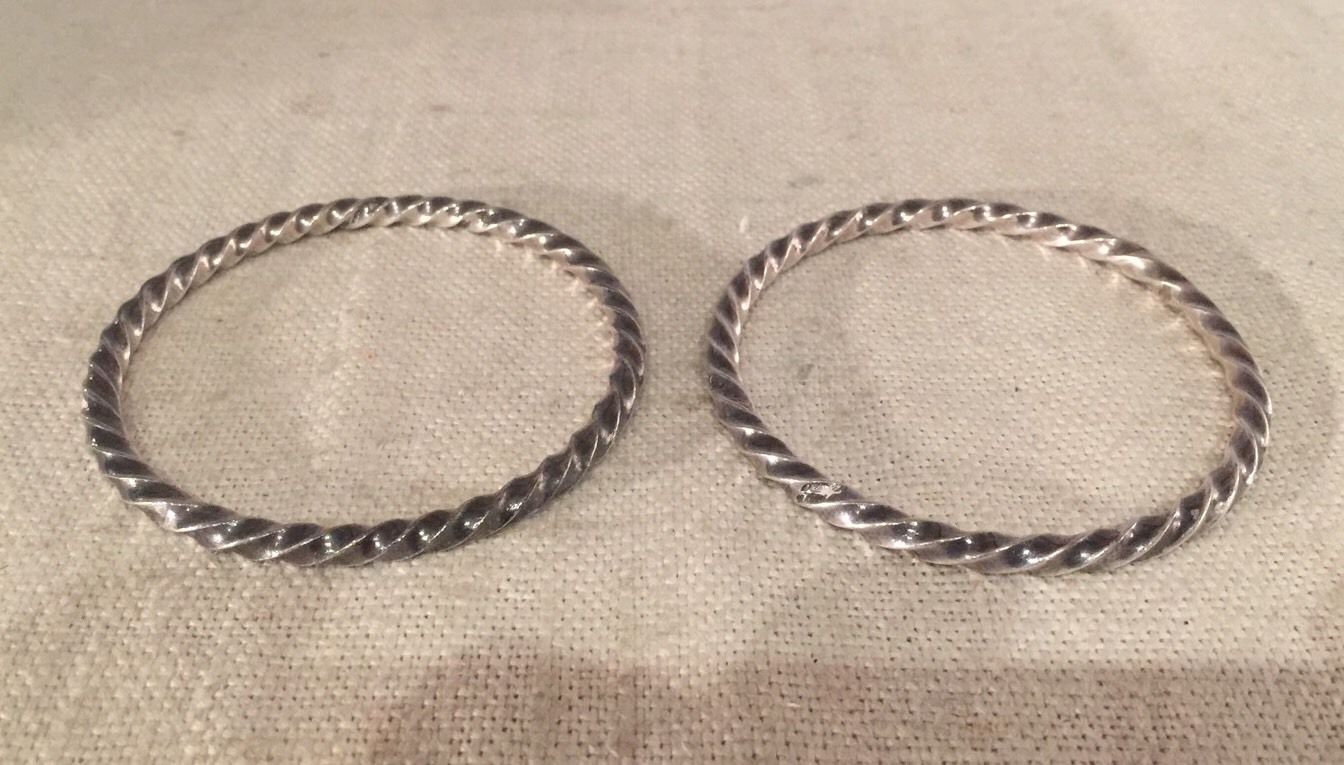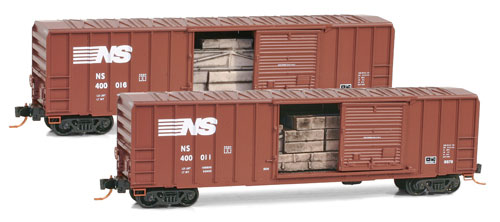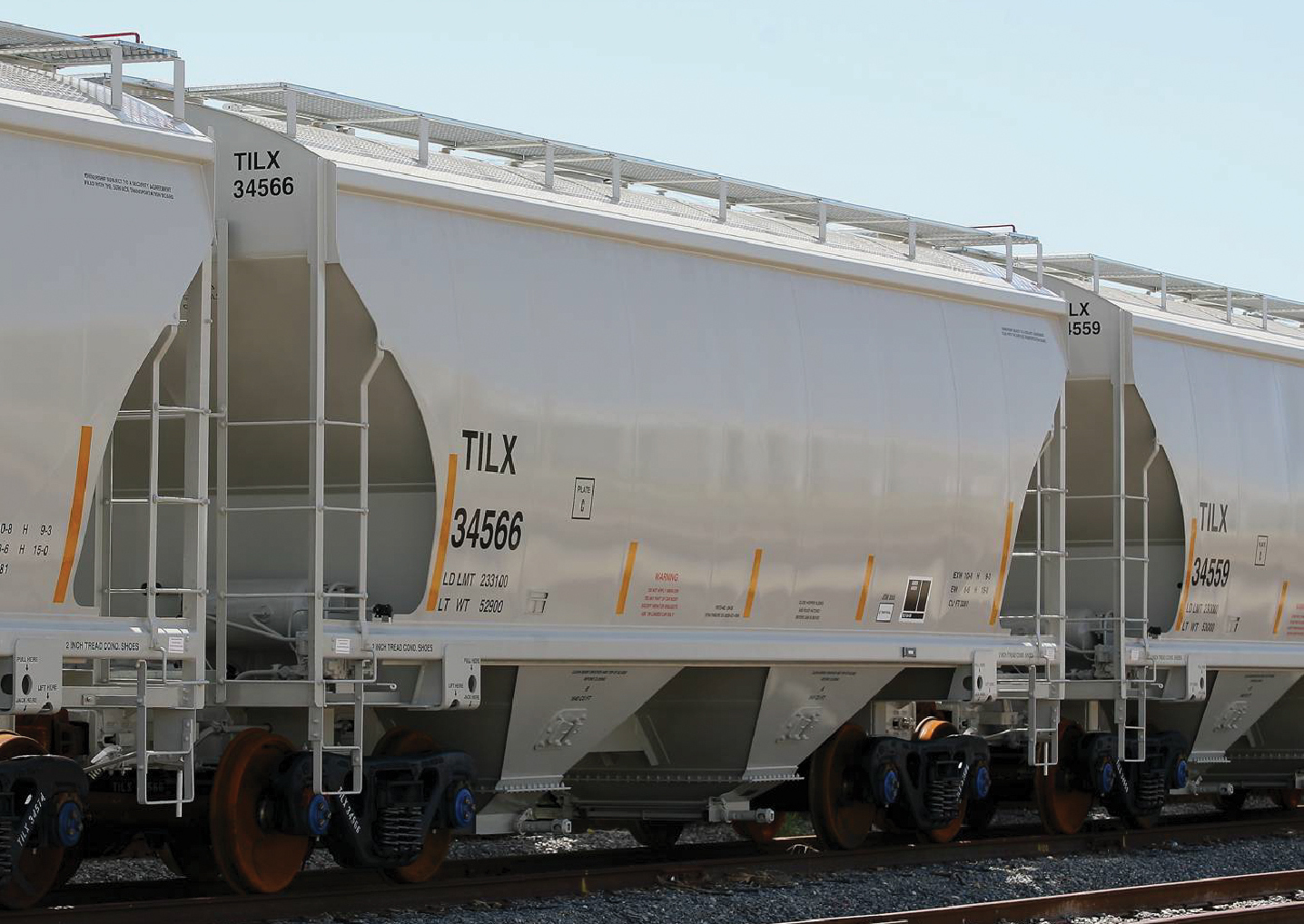Prototype History: The Trinity 3281 2-bay covered hopper car is optimized to transport cement, sand, or other high-density products. Built especially to handle heavier materials, they're often seen in unit trains moving loads of fracturing sand to new oil fields. These cars were introduced in the 1990s with seven side panels (two narrow and five large), they can also be found moving cement, bentonite and other heavier cargoes. These cars are distinctive in comparison to older 2-bay covered hopper designs thanks to their overhanging, arched roof profile, heavy top reinforcement chord, and folded jack pads at the bolsters. This design has proven to be popular with shippers and railroads alike, and can be seen traveling singly in manifest trains, in large groups, and even in “unit trains” hauling a single commodity.
Road Name History: GATX Corporation (NYSE: GMT) is an equipment finance company based in Chicago, Illinois. Founded in 1898, GATX's primary activities consist of railcar operating leasing in North America and Europe. In addition, GATX leases locomotives in North America, and also has significant investments in industrial equipment. GATX derives its name from its primary reporting mark for its North American railcars, "GATX". The mark itself was derived from GATX's prior corporate name, General American Transportation Corporation. Since all non-railroad owners of railcars must append an "X" to the end of their mark, GAT became GATX. The General American Transportation Corporation became GATX Rail Corporation, a unit of the GATX Corporation, on January 1, 2000.
GATX mainly applies the GATX mark to tank cars, although the mark has been used in other examples such as with hoppers; GATX's primary freight car marks are GACX (for general-service freight cars), GGPX (for coal cars), GIMX (for intermodal cars), GPLX (for plastic pellet cars), GMTX and LLPX (for locomotives), and GPFX (for pressure-differential cars). GATX also owns a number of other marks, including GABX, GAEX, GFSX, GOHX, GSCX, IPSX, and TRIX. Many GATX cars carry a large "GATX" logo in the upper right-hand corner of the car regardless of the reporting mark they carry; this logo is applied for marketing reasons and does not have any operational significance.
GATX engages in both full-service and net leasing of railcars. In a full-service lease, a GATX-owned mark is applied to the car, and GATX maintains the railcar and pays for any required property insurance and property taxes. In a net lease, the lessee applies its mark to the car, and the lessee pays for any required property insurance and property taxes. Often, on a net-leased car, there is no evidence of GATX ownership, although some net lease cars carry a GATX logo.
The most common type of car in the GATX North American fleet is the tank car; other major car types include covered hoppers, open-top hoppers, and gondolas. GATX invests in nearly every type of railcar operated in North America. In Europe, tank cars also make up GATX's largest fleet, but unlike in North America, GATX's European fleet includes substantial quantities of intermodal cars which are owned in a GATX joint venture called AAE Cargo. In contrast, GATX's North American intermodal car fleet is relatively small. This is true of most North American operating lessors; historically the bulk of the industry's intermodal investment has been made by TTX Corporation, which is jointly owned by North America's Class I railroads. X Corporation, which is jointly owned by North America's Class I railroads.
GATX mainly applies the GATX mark to tank cars, although the mark has been used in other examples such as with hoppers; GATX's primary freight car marks are GACX (for general-service freight cars), GGPX (for coal cars), GIMX (for intermodal cars), GPLX (for plastic pellet cars), GMTX and LLPX (for locomotives), and GPFX (for pressure-differential cars). GATX also owns a number of other marks, including GABX, GAEX, GFSX, GOHX, GSCX, IPSX, and TRIX. Many GATX cars carry a large "GATX" logo in the upper right-hand corner of the car regardless of the reporting mark they carry; this logo is applied for marketing reasons and does not have any operational significance.
GATX engages in both full-service and net leasing of railcars. In a full-service lease, a GATX-owned mark is applied to the car, and GATX maintains the railcar and pays for any required property insurance and property taxes. In a net lease, the lessee applies its mark to the car, and the lessee pays for any required property insurance and property taxes. Often, on a net-leased car, there is no evidence of GATX ownership, although some net lease cars carry a GATX logo.
The most common type of car in the GATX North American fleet is the tank car; other major car types include covered hoppers, open-top hoppers, and gondolas. GATX invests in nearly every type of railcar operated in North America. In Europe, tank cars also make up GATX's largest fleet, but unlike in North America, GATX's European fleet includes substantial quantities of intermodal cars which are owned in a GATX joint venture called AAE Cargo. In contrast, GATX's North American intermodal car fleet is relatively small. This is true of most North American operating lessors; historically the bulk of the industry's intermodal investment has been made by TTX Corporation, which is jointly owned by North America's Class I railroads. X Corporation, which is jointly owned by North America's Class I railroads.
Brand/Importer Information: InterMountain was founded in 1985 by Fred Brummet. They got started in the model railroad business by producing O-Scale model kits. They got started in the N Scale business almost a decade later when in 1994 they introduced the 40-23 reefer car in kit form. Later, in 1998, they started producing RTR (Ready-to-Run) models. By the early 2000s, InterMountain phased out kit production in favor of the RTR models.
The InterMountain Railway company is located at 1224 Boston Ave in Longmont, CO. They are a manufacturer of HO, N and Z scale model trains. They have produced kits as well as RTR (Ready-To-Run) models. Their N Scale products include locomotives as well as rolling stock. Their rolling stock lineup includes Boxcars, Hoppers, Tank Cars, Reefers, Gondolas, Stock Cars and Flatcars.
Their locomotive releases have primarily been diesel units, with the one major exception being their series of AC-12 Cab Forward steam locos. Their diesel lineup includes F3's, F7's, F9's, SD40's, SD45's and FT units. They are known for quality and detail. They also release their rolling stock in larger varieties of road numbers than most of the other manufacturers.
The InterMountain Railway company is located at 1224 Boston Ave in Longmont, CO. They are a manufacturer of HO, N and Z scale model trains. They have produced kits as well as RTR (Ready-To-Run) models. Their N Scale products include locomotives as well as rolling stock. Their rolling stock lineup includes Boxcars, Hoppers, Tank Cars, Reefers, Gondolas, Stock Cars and Flatcars.
Their locomotive releases have primarily been diesel units, with the one major exception being their series of AC-12 Cab Forward steam locos. Their diesel lineup includes F3's, F7's, F9's, SD40's, SD45's and FT units. They are known for quality and detail. They also release their rolling stock in larger varieties of road numbers than most of the other manufacturers.
Item created by: gdm on 2016-04-16 15:59:04. Last edited by Alain LM on 2022-08-14 05:15:37
If you see errors or missing data in this entry, please feel free to log in and edit it. Anyone with a Gmail account can log in instantly.
If you see errors or missing data in this entry, please feel free to log in and edit it. Anyone with a Gmail account can log in instantly.


